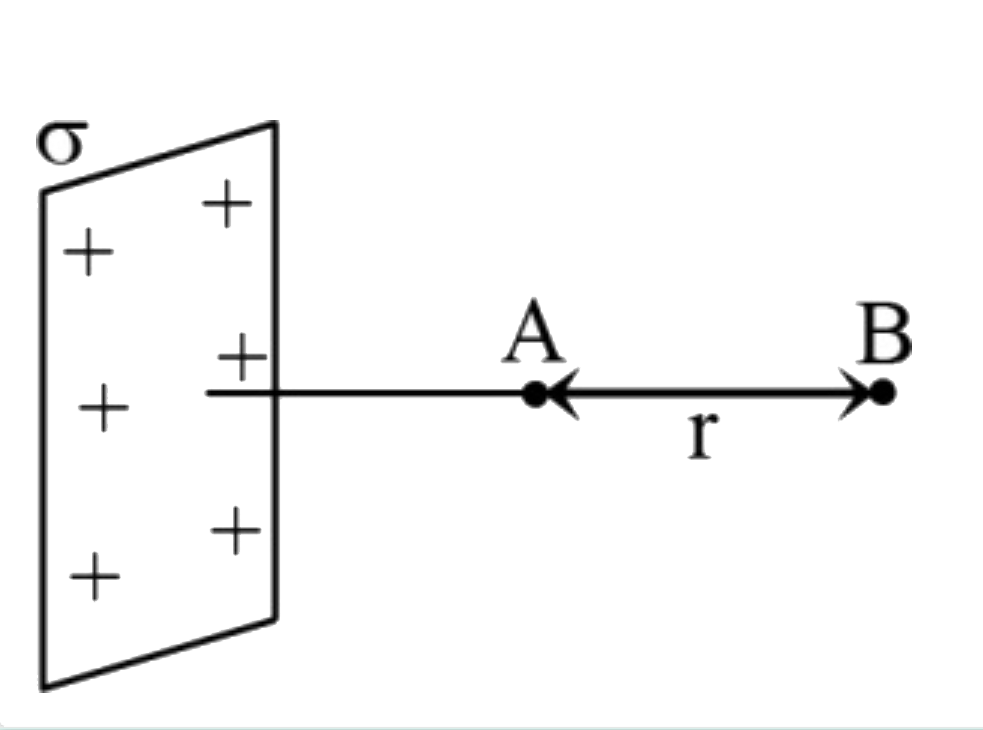Distance between two branching points in glycogen is
5 -6 glucose residues
8-14 glucose residues
20-25 glucose residues
100-120 glucose residues
To determine the distance between two branching points in glycogen, we can follow these steps:
1. Understanding Glycogen Structure:
- Glycogen is a storage polysaccharide found in animal cells. It consists of long chains of glucose molecules.
2. Identifying Glycogen Linkages:
- The glucose molecules in glycogen are linked primarily by two types of glycosidic linkages:
- Alpha 1-4 glycosidic linkages: These link the linear chains of glucose.
- Alpha 1-6 glycosidic linkages: These create the branching points in the glycogen structure.
3. Determining the Branching Distance:
- The branching points in glycogen occur after a certain number of glucose residues. According to the information provided, branching occurs after approximately 8 to 12 glucose residues.
4. Evaluating the Options:
- The question presents several options regarding the distance between branching points:
- 5 to 6 glucose residues (incorrect)
- 8 to 14 glucose residues (correct)
- 20 to 25 glucose residues (incorrect)
- 100 to 120 glucose residues (incorrect)
5. Conclusion:
- The correct answer, based on the analysis of the branching distance in glycogen, is 8 to 14 glucose residues.
Final Answer:
The distance between two branching points in glycogen is 8 to 14 glucose residues.
---
- Glycogen is a storage polysaccharide found in animal cells. It consists of long chains of glucose molecules.
- The glucose molecules in glycogen are linked primarily by two types of glycosidic linkages:
- Alpha 1-4 glycosidic linkages: These link the linear chains of glucose.
- Alpha 1-6 glycosidic linkages: These create the branching points in the glycogen structure.
- The branching points in glycogen occur after a certain number of glucose residues. According to the information provided, branching occurs after approximately 8 to 12 glucose residues.
- The question presents several options regarding the distance between branching points:
- 5 to 6 glucose residues (incorrect)
- 8 to 14 glucose residues (correct)
- 20 to 25 glucose residues (incorrect)
- 100 to 120 glucose residues (incorrect)
- The correct answer, based on the analysis of the branching distance in glycogen, is 8 to 14 glucose residues.
The distance between two branching points in glycogen is 8 to 14 glucose residues.
Topper's Solved these Questions
- BOOK - DINESH PUBLICATION ENGLISHCHAPTER - MOLECULES OF THE CELLEXERCISE - RQ649videos
MOLECULES OF THE CELL
- BOOK - DINESH PUBLICATION ENGLISHCHAPTER - MICROBES IN HUMAN WELFAREEXERCISE - Brain Teasers-VIII60videos
MICROBES IN HUMAN WELFARE
- BOOK - DINESH PUBLICATION ENGLISHCHAPTER - MOLLUSCAEXERCISE - CYG10videos
MOLLUSCA
Similar Questions
Knowledge Check
- Question 1 - Select One
The distance between two points differing in phase by 60∘ on a wave, velocity 360 m./s and frequency 500 Hz is
A24 cmB12 cmC6 cmD1 cm - Question 2 - Select One
If the distance between two point particles is doubled, then the gravitational force between them
Adecreases by a factor of 4Bdecreases by a factor of 2Cincreases by a factor of 2Dincreases by a factor of 4
What is the minimum distance between two points in a wave having a phase difference 2π ?
View SolutionIf the distance between two equal point charges is doubled and their individual charges are also doubled, what would happen to the force between them?
View SolutionAn infinite conducting sheet has surface charge density σ. The distance between two points is r. The potential difference (VA−VB) between these point is
 View Solution
View SolutionThe distance between two points in space A(2,y,−3)and(1,−1,4) is 9 . Find the possible values of y .
View SolutionDistance between two nucleotide pairs of DNA is
View SolutionProve that the distance between the origin and the point (-6, -8) is twice the distance between the points (4, 0) and (0, 3).
View Solution

